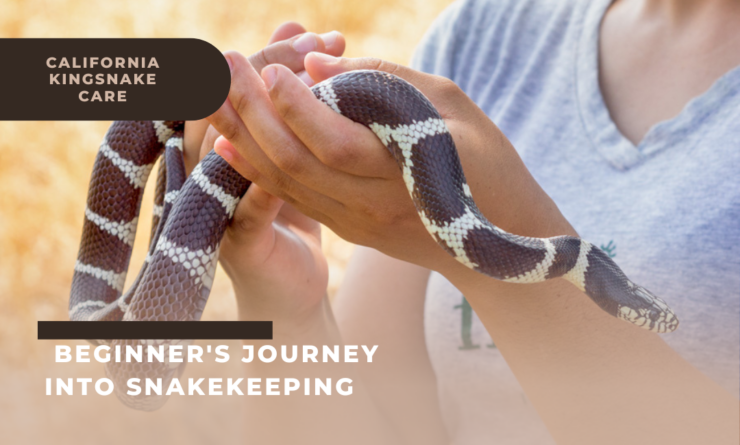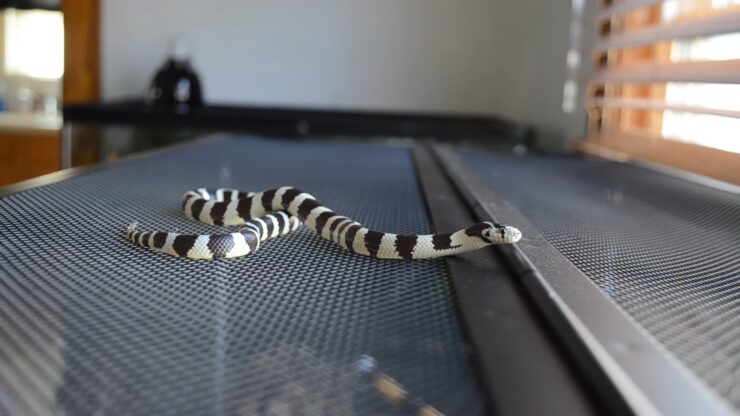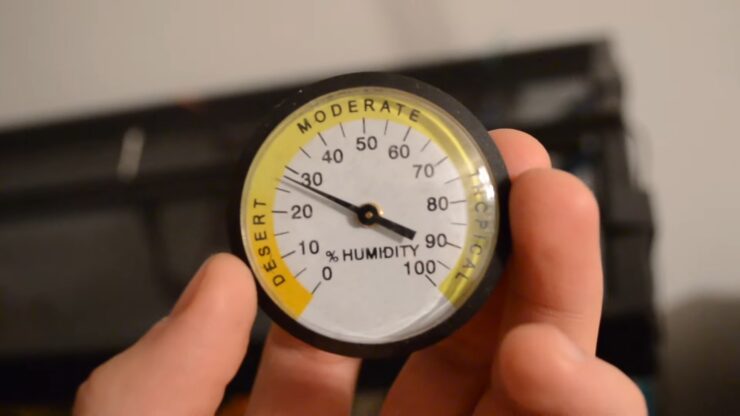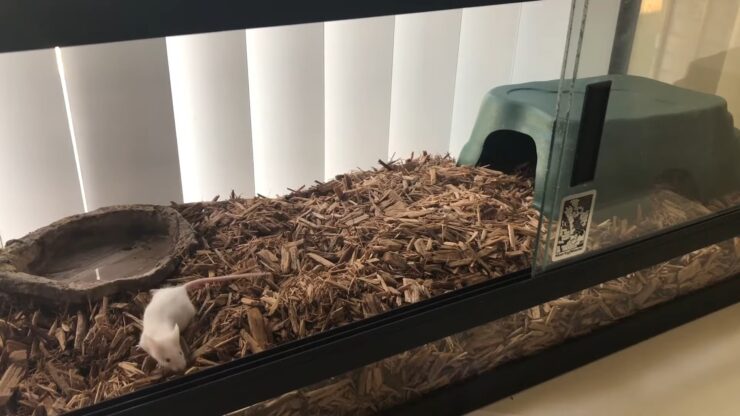The California Kingsnake (Lampropeltis getula californiae) is a popular choice among reptile enthusiasts due to its wide availability, variety of morphs, and color patterns. This guide aims to provide detailed information on how to care for this fascinating species.
California Kingsnakes are among the most popular snake species for reptile keepers. They are part of the 45 recognized subspecies of kingsnakes, and they are particularly known for their diverse diet which includes rodents, lizards, birds, and even other snakes, including venomous ones
. This behavior is known as Ophiophagy. These snakes are found throughout the United States, with the California Kingsnake specifically found in California, Arizona, Oregon, Nevada, and Baja California.
The California Kingsnake is native to several states beyond California, including Arizona, Oregon, Utah, Nevada, and even extends into Mexico.
They inhabit a variety of ecosystems, from the wetlands of Southern California to the high elevation mountains of many of these states. Their wild counterparts exhibit a variety of colorations and morphs, further diversified by breeding with the desert kingsnake and the Mexican black kingsnake.
Care and Handling
California Kingsnakes are widely bred in captivity and are available in a variety of color patterns or morphs. They are relatively small, can live more than 15 years, and their care is straightforward. However, they are known for their attitude and can be a bit bitey.
It is highly recommended to handle your California Kingsnake regularly, especially when it is younger. This interaction is generally enjoyed by the snake and can be done for about fifteen minutes a few times a week. However, handling should be reduced when the snake is shedding its skin.
Despite their feisty nature, California Kingsnakes make an excellent choice for both novice and experienced reptile keepers. They are hardy and are not a delicate species. They are one of the oldest species in the reptile hobby and are available in a variety of morphs and color patterns for those looking for something different.
Ideal Enclosure
The enclosure for a California Kingsnake should be a good size but doesn’t have to be overly complicated. A 40-gallon equivalent, escape-proof terrarium is the ideal size for an adult California Kingsnake of about 4 to 5 feet in length.
This size allows for a thermal gradient with a warm side and a cool side, and enough space for the snake to move comfortably. It’s crucial to ensure that the lid or top is escape-proof.
Hatchlings can be kept in 20- or 30- gallon enclosures until they grow to full size. Aspen shavings make a good substrate for this species, allowing the snake to burrow and making clean-up easy.
The Importance of Tree Branches and Hides for Your California Kingsnake
Tree branches or driftwood should be placed strategically within the enclosure. These can be cork barks or mopani woods that you can purchase from your local reptile store, or they can be driftwood found on beaches or other bodies of water.
These natural accessories provide plenty of enrichment for your snake. Hides and caves are an important element to your kingsnake’s well-being. These mini hotels enable your snake to get away from prying eyes when it wants to, and doubles as a safety measure to the snake as it is enclosed at the top, and with some hides, on three sides.
Heating Requirements
There are several ways to heat your kingsnake’s enclosure. You can use an undertank heat pad combined with athermostat, a ceramic heat emitter, or a basking spot lamp on the screen mesh top. The choice largely depends on the enclosure.
The undertank heat pad is ideal as it provides constant belly heat to the snake when it so chooses. However, if your substrate is thick and the enclosure bottom is also thick, the heat may not be able to penetrate and get to the snake.
In this case, a basking spot lamp or a ceramic heat emitter would be a better solution. The heat source should be placed on one side of the enclosure, with a hide on both the warm and cool sides. This allows your kingsnake to move between the two and thermoregulate.
Maintain a temperature of about 85 degrees Fahrenheit (29.4 degrees Celsius) on the warm side of the enclosure and into the 70s on the cool end.
Water Bowl
Water is a crucial part of your snake’s health. Ensure that your kingsnake has fresh water at all times. The bowl should be large enough for your snake to soak in. When it gets hot, your snake will soak in the bowl, so it is important that you keep the bowl clean with fresh water, especially after they soak.
Feeding Your California Kingsnake
The ideal foods for the California Kingsnake are frozen/thawed mice or small rats. These are much safer than live, which can bite your snake and potentially kill it. If you must feed live rodents to your kingsnake, consider baby rats, called rat pups. The danger of your snake getting bit by a rat pup is remote.
The feeding frequency can vary, but generally, younger snakes are fed once a week, while older snakes can be fed twice a month.
Conclusion
In conclusion, the California Kingsnake is one of the best choices for any level of reptile keeper. They are widely available, and for those looking for something different, are available in a variety of morphs and color patterns. They are a hardy snake and are by no means a delicate species.
They would make an ideal second snake for those who have experience with other species, such as the corn snake, or if you have more experience with other reptiles, it would make an ideal first snake. Just ensure your enclosure is escape proof!
















